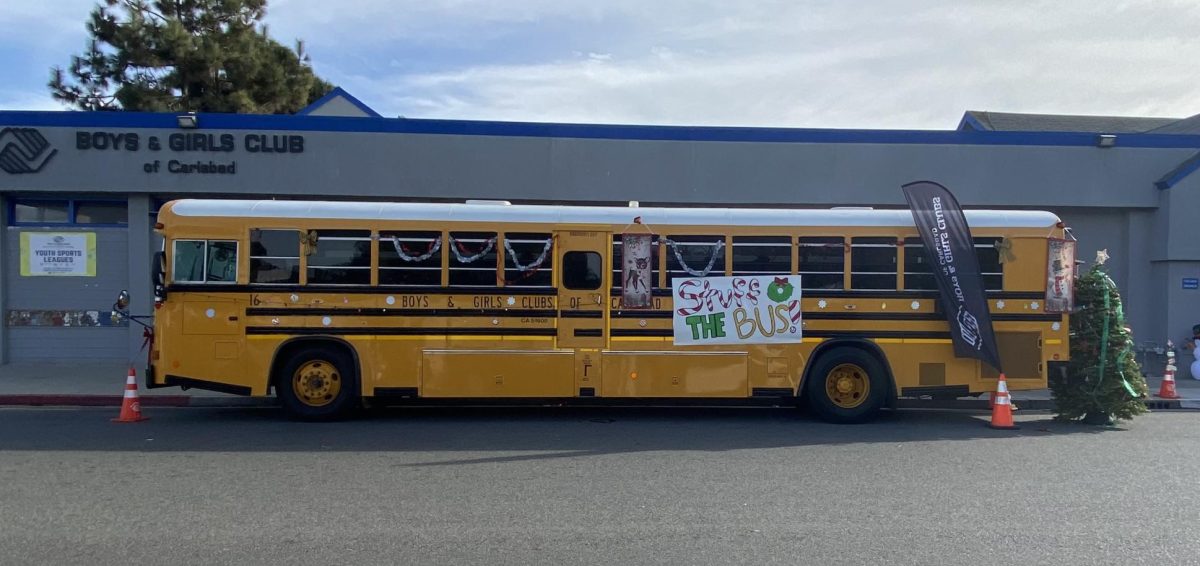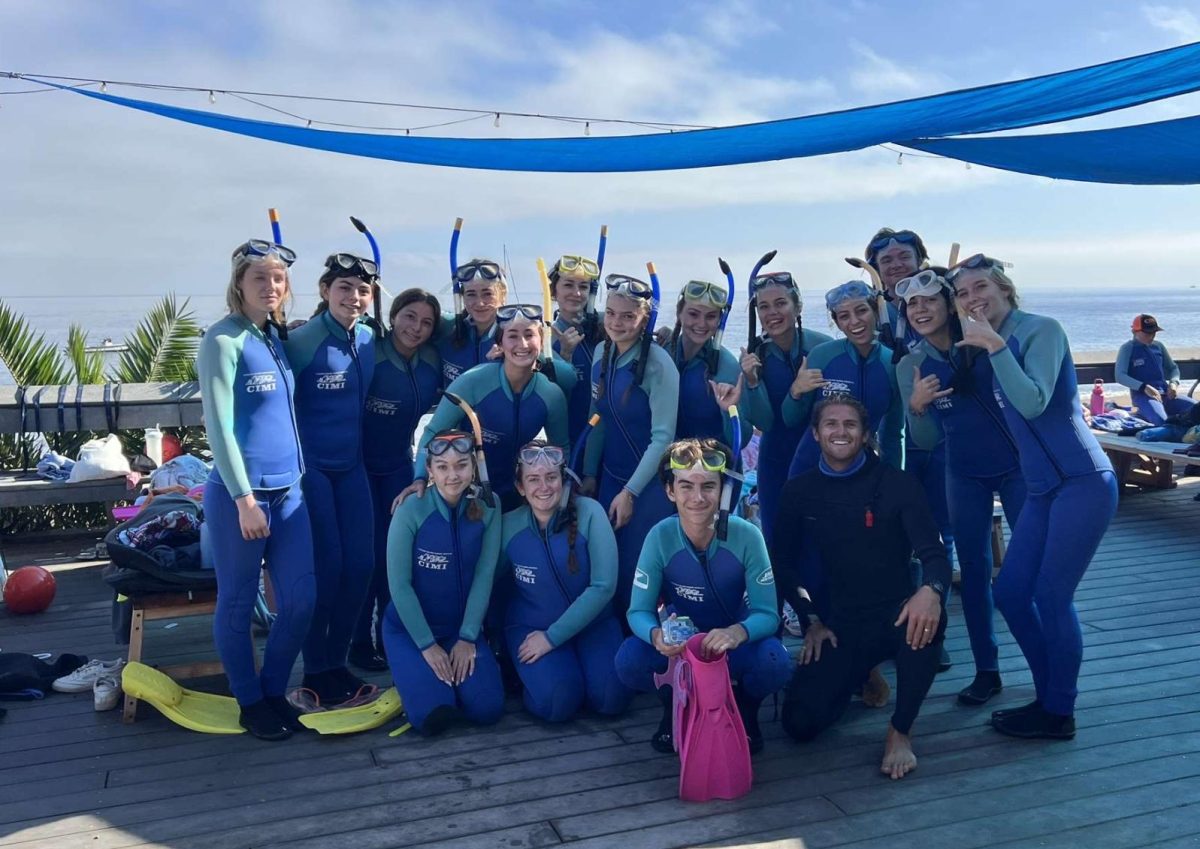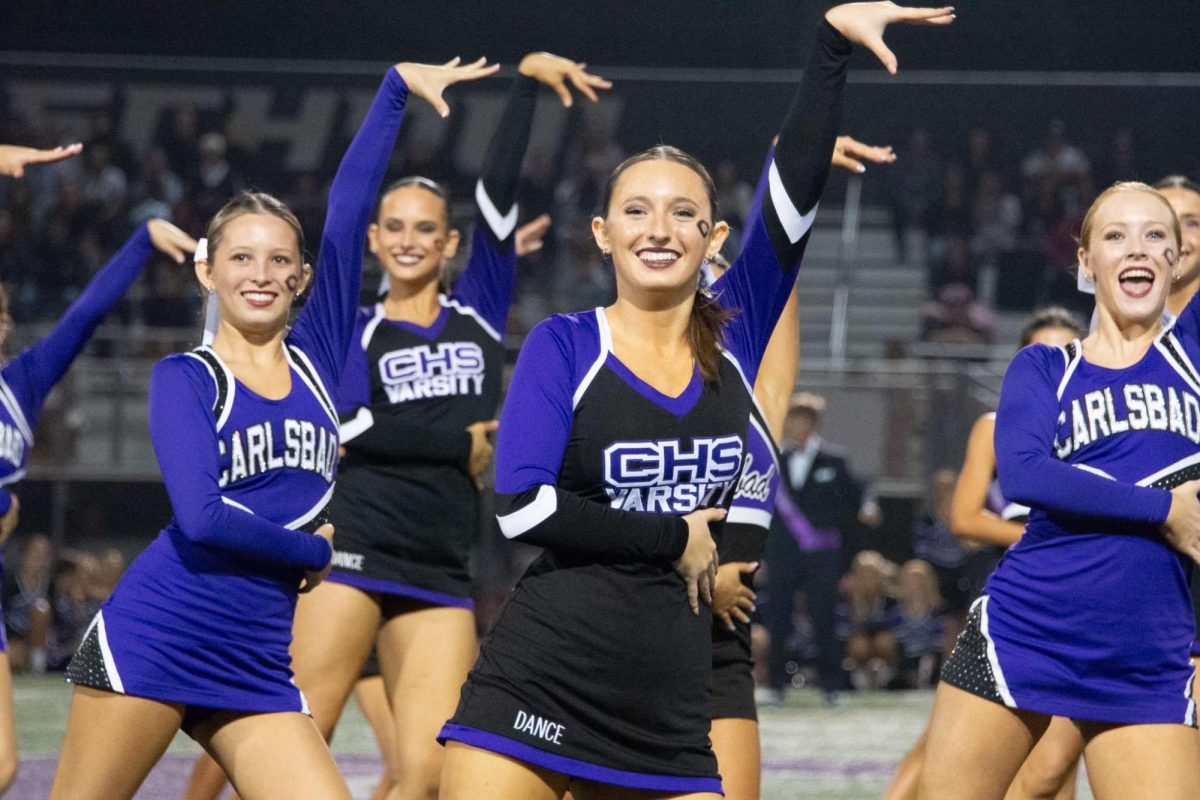Some schools get students into top universities, others create an environment focused on the arts. Rarely do students come across a school that does not feel like school. Carlsbad students only know what they are familiar with, but some high schools design new ways to teach and push boundaries of normal school settings.
The magnet school of 1971, New Roads School, serves as an example of a school with a new take on high school structure when it revamped its curriculum and passed it down to the Crossroads School today. Yet, when comparing CHS to Crossroads, the Santa Monica based school doesn’t necessarily come out on top.
Alicia Head, alumni and part of the thirty students in the first New Roads School class, was grateful for the lessons she learned there that had nothing to do with academics.
“We had the freedom to create our own credits,” Head said. “Like if you built a tree house, that could contribute to a math credit. That way you customized what you wanted to learn and you could be enthusiastic about it at the same time.”
New Roads School fostered students to take control of their own future. They also placed importance on “the common good” hence Crossroads has “Outdoor Education” to teach the next generation how to care for our planet. These implications of responsibility probably balanced out the free agency to learn whatever an adolescent fancied.
“Teachers and students had a close relationship,” Head said. “We called our teaches by their first names because teachers wanted students to grow up to their maturity instead of talking down to them. We had student council where we could communicate to teachers what we wanted to learn or resolve any conflicts.”
Carlsbad may not have the personal teacher-student relationship, social responsibility classes or ability to customize what students learn like Crossroads, but when told about the differences between CHS and Crossroads, Carlsbad students were not entirely for the unique curriculum. Instead they were attracted to certain aspects.
“It’s a very specific teaching style,” Senior Blake Thomas said. “It could only work for self-motivated students who really know what they want to do with their lives.”
Beyond basic theater and studio art, Crossroads makes a point of supporting a wide variety of their students’ artistic interests. Granted a private school such as this can support such an extensive arts program, they require students to take two years of art which creates an arts school feeling.
“I feel like one year of an art requirement allows students to just get the art class done and not really learn it,” Junior Juliette Wardle said. “Especially if there are more areas of interests for arts then the arts can appeal to more people.”
A major difference between CHS and Crossroads would be the UC approved, weighted honors classes in place of AP courses. Yet Crossroads is far from a slacker school. In 2007, one of their students achieved a perfect score on the ACT. After an intense application process to Crossroads, people could assume that the student population consists of driven teenagers, but at the same time there can be no generalizations made about a school that caters to individuals.
“I don’t think this school would work,” Junior Sam Gardner said. “Even college students don’t know what they want to do with their lives so why would indecisive teenagers have more perspective? Plus making people learn what they aren’t naturally good at pushes them and makes them learn in different ways. Carlsbad is good in that way.”
All in all, Carlsbad students find value in traditional curriculum. For some students, Crossroads may be the perfect fit. Yet for others, high school serves as a time to discover what it is they do want to pursue. In the end, all students learn at their own pace and find their passions in due time. Sometimes the grass isn’t greener on the other side.








